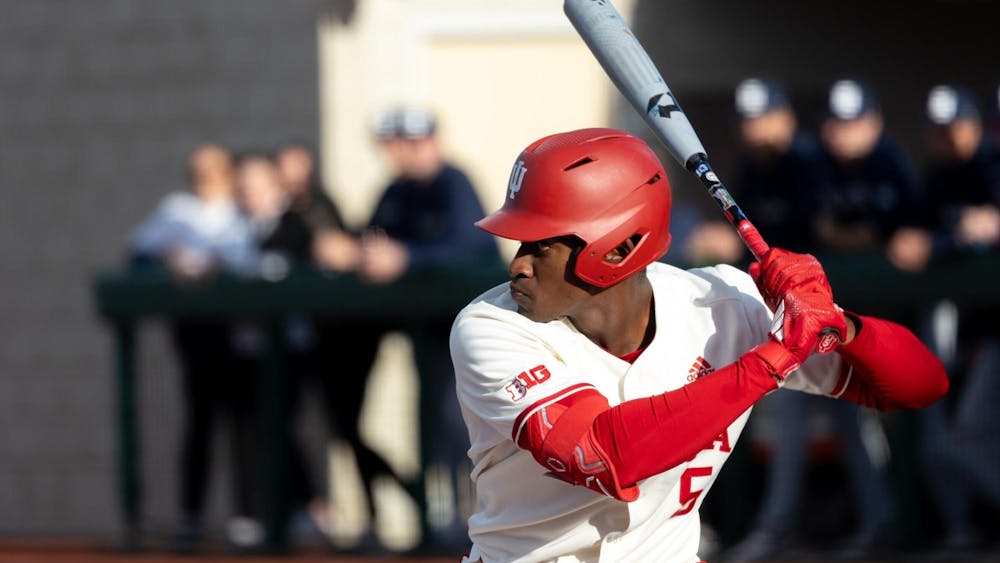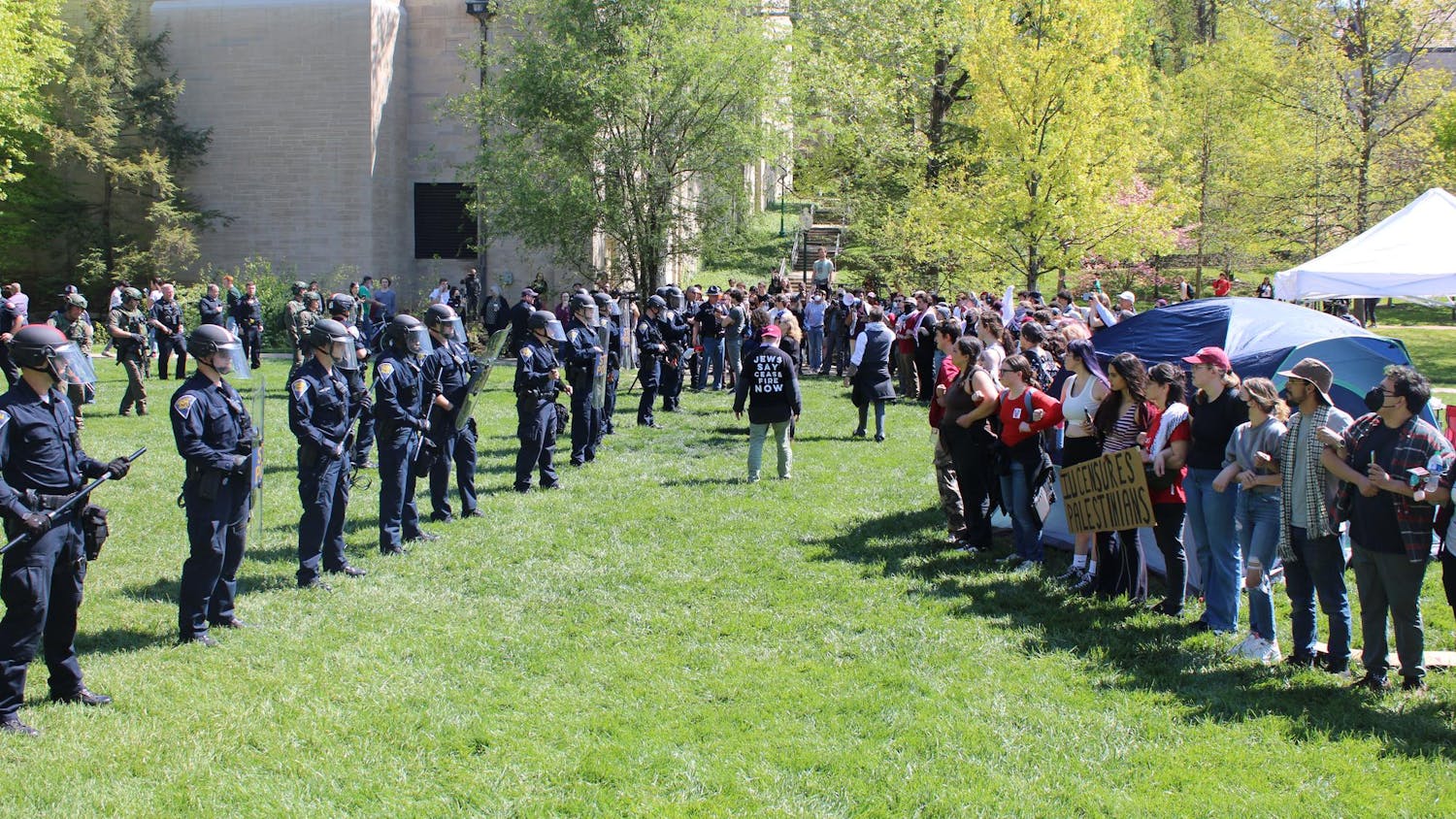HAMMOND, Ind. -- Major steel producers in northwest Indiana are better positioned to compete with foreign companies than when President Bush placed tariffs on steel imports 21 months ago, experts and labor leaders say.\nAfter several years of consolidation, Indiana companies are now leaner, perhaps helping shield them from bankruptcies following Bush's decision last week to repeal the tariffs.\n"For a lot of different reasons, this is really the heart of the industry and those are flagship plants, and that is an advantage for steelworkers living in northwest Indiana," said Jim Robinson, United Steelworkers of America District 7 director.\nSteel analyst Charles Bradford agreed, telling The Times of Northwest Indiana that consolidation is not over. He predicts more shuttered mills in West Virginia, Ohio and Pennsylvania.\nBradford said it was not tariffs that pushed steel prices high enough to create profitable margins. Instead, the main factor in the price spike in 2002 was the shutdown of LTV Steel, which operated a mill in East Chicago and others in Cleveland. Once LTV was bought up by International Steel Group and began producing again, steel prices again declined.\nHe also issued a caution for northwest Indiana steelmakers, pointing out that even the most modern integrated steel facility is still almost 40 years old.\n"Those guys in northwest Indiana are not as good as people say they are," Bradford said.\nBradford put Weirton Steel, WCI Steel and Rouge Industries at the top of the list for companies that will be particularly vulnerable to competition from imports and any softening in prices. All three are operating under Chapter 11 bankruptcy.
"Yes, the U.S. steel industry has consolidated, but they have not consolidated as the Japanese and the Europeans did," Bradford said. "We have not taken out any capacity. The Japanese and the Europeans took out capacity."\nBut for the short term, steel prices should remain high enough to support consolidated integrated producers like those in northwest Indiana, Bradford said.\nChristopher Plummer, an analyst and managing director at Metal Strategies Inc., sees no great disaster brewing. A weakening dollar has made imports more expensive, meaning U.S. steel consumers should find U.S. producers beating the Europeans and others on price.\nOther factors such as increased shipping costs should keep foreign steel from flooding U.S. markets again.\nLakshmi N. Mittal, head of the parent company of Ispat Inland Steel, issued a 10-year prognosis for the industry on Monday. That was three days before Bush's announcement, but it was already well known the tariffs would be lifted.\nMittal predicts within 10 years there will be only "a handful of truly global" steel players.





